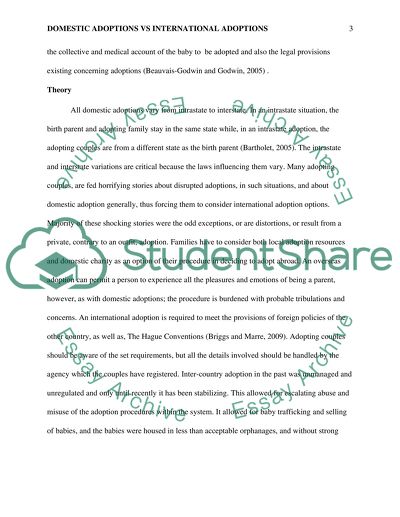Cite this document
(“Domestic Adoptions vs International Adoptions Research Paper”, n.d.)
Retrieved de https://studentshare.org/sociology/1451216-domestic-adoptions-vs-international-adoptions
Retrieved de https://studentshare.org/sociology/1451216-domestic-adoptions-vs-international-adoptions
(Domestic Adoptions Vs International Adoptions Research Paper)
https://studentshare.org/sociology/1451216-domestic-adoptions-vs-international-adoptions.
https://studentshare.org/sociology/1451216-domestic-adoptions-vs-international-adoptions.
“Domestic Adoptions Vs International Adoptions Research Paper”, n.d. https://studentshare.org/sociology/1451216-domestic-adoptions-vs-international-adoptions.


